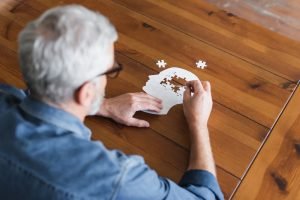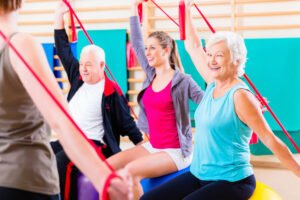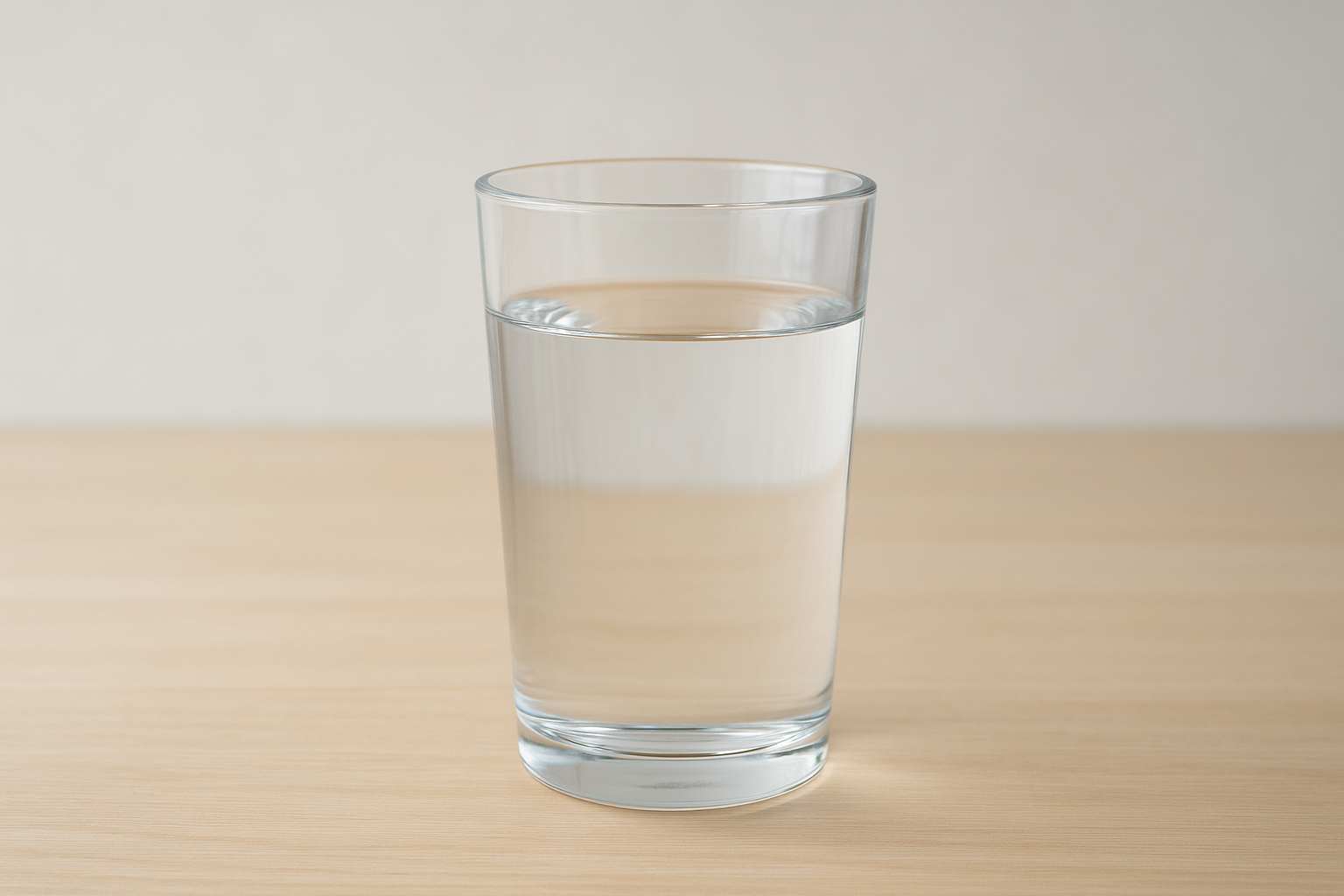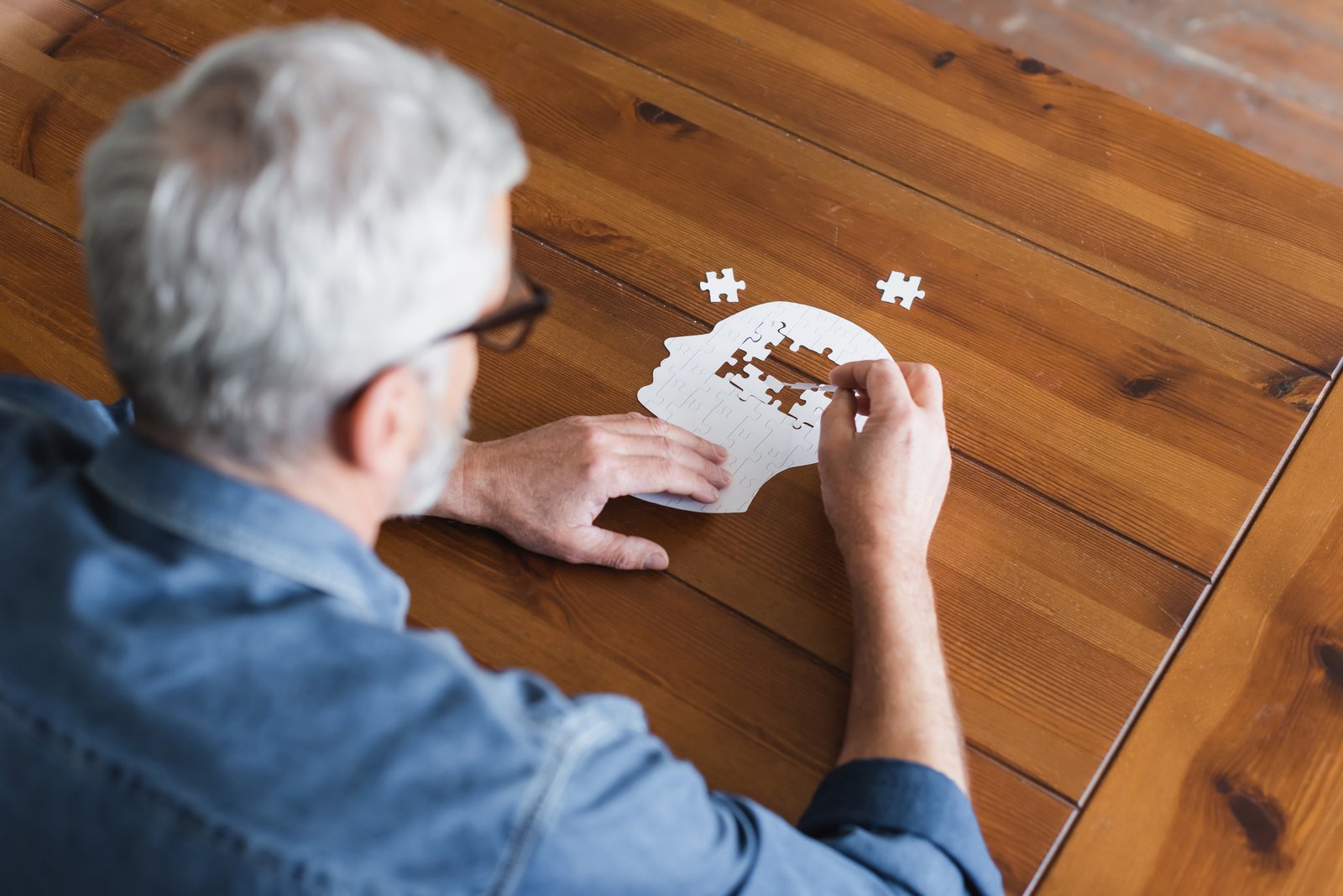Independence. Safety. Confidence. These are things we all want as we age. Yet one of the biggest threats to independence in older adults is falling. In fact, falls are the leading cause of injury in people over 65.
But here’s the good news: falls are not inevitable. With the right strategies, they can be prevented.
So where do you start? By reading and implementing our 5 fall prevention strategies below!
1. Keep Moving — The #1 Fall Prevention Strategy
Movement is the first, second, and third best fall prevention strategy! Don’t forget the old saying, “If you don’t use it, you’ll lose it”. The stronger the body, the steadier the steps. Movement has to stay a priority. You can’t have balance without staying moving!
Every step, every stretch, every exercise session makes a difference!
2. Remove Clutter
Most falls happen at home. Clear out clutter, create clear pathways, remove loose rugs or secure the rugs. A safe environment can make all of the difference. If removing clutter in your entire home is too overwhelming, think of the places in your home that you spend most of your time, start there. Make sure there are clear pathways connecting the main areas you spend your time (the bathroom, your living room chair, the fridge in your kitchen, etc).
3. Prioritize Vision
Don’t let your vision be the reason for a fall. Prioritize regular eye exams and updated prescriptions. Add lighting to areas you spend your time, especially important for nighttime. Motion sensor lights are a great recommendation to provide light when you are up and moving but keep the room dim when you are sitting or sleeping. It’s easy to fall or trip when you can’t see!
4. Manage Conditions & Medications
Managing health conditions is vital to preventing falls. Arthritis, diabetes, and heart disease (just to list a few examples) can all affect stability. If you are experiencing symptoms related to a health condition, it is important to prioritize your health, make an appointment, and address the symptoms. Some medications for certain health conditions can cause dizziness or drowsiness — making balance even more challenging. Reviewing medications with a doctor or pharmacist can increase awareness and reduce risks. If the side effects of the medications are too severe, ask your doctor or pharmacist about alternatives.
5. Build Awareness
Simple habits like rising slowly from bed or a chair can reduce dizziness and prevent sudden falls. Awareness reduces fear and empowers confidence. Take the time to identify risk areas in your life and use a balance in motion balance specialist to help identify and implement the right tools and solutions.
Not confident in the shower? Add grab bars or a shower chair. Are your shoes the problem? Supportive, non-slip footwear makes every step more stable. Is the lack of or incorrect use of assistive devices the problem? When fitted and used correctly, canes and walkers aren’t limitations, their independence tools.
Sometimes the solution to increasing your balance and preventing falls is as simple as taking the time to build awareness of your everyday habits and identify simple solutions.
TAKEAWAY
Falls don’t have to be “an inevitable part of aging.” They are preventable. And the best prevention starts with movement. Accountability is key when it comes to achieving a goal. Prioritize movement, make better balance a goal, and let Balance in Motion provide accountability and expertise!
✨ At Balance in Motion, we provide individualized balance programs designed for aging adults. Our balance specialists are all certified occupational therapy practitioners that use a holistic approach to help you build strength, improve balance, and stay independent.
👉 Ready to move with confidence? Join Balance in Motion today for a FREE evaluation









